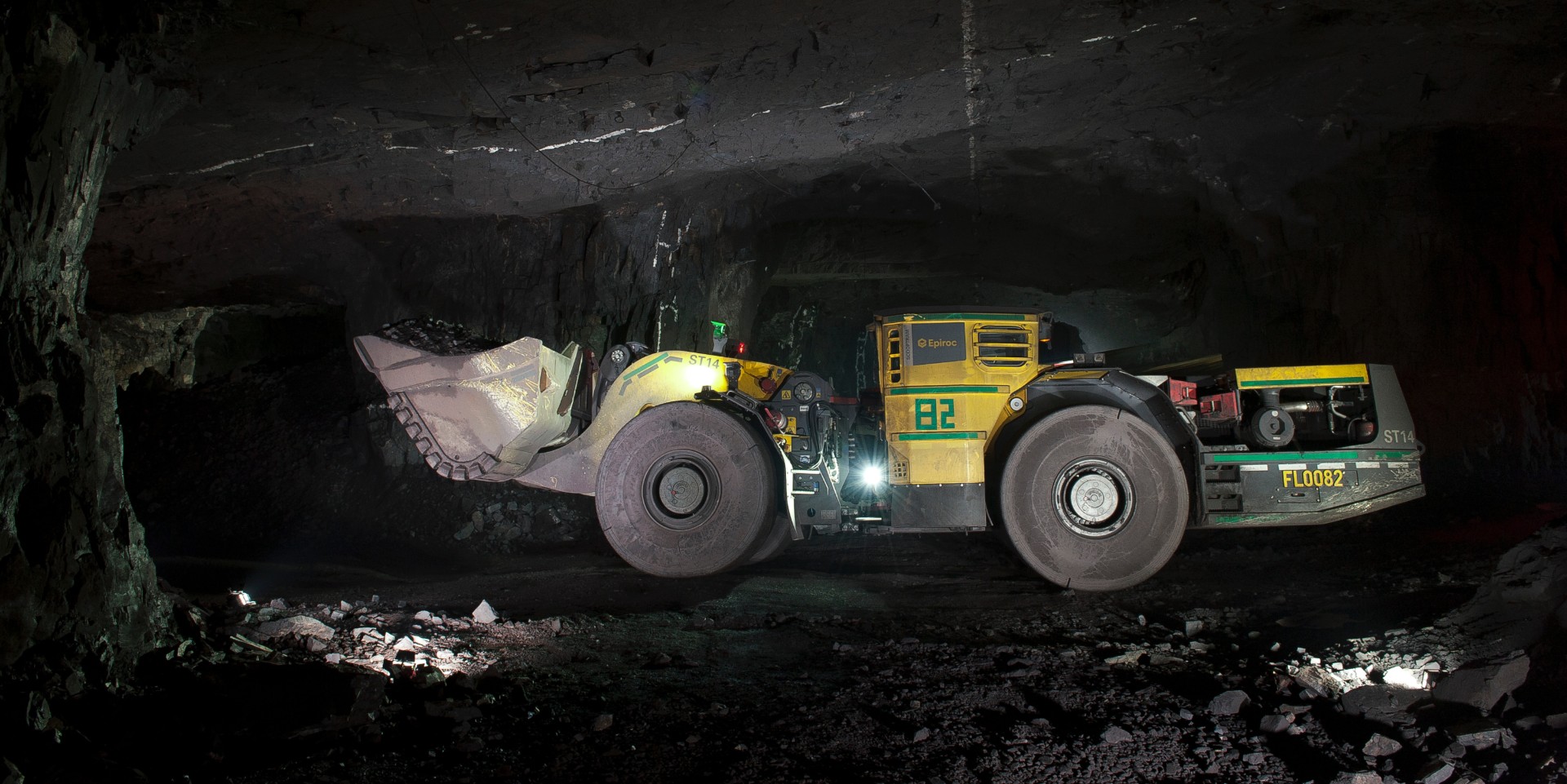
Diesel engines provide power to a wide variety of vehicles, heavy equipment and other machinery used in the mining industry. The exhaust from diesel engines contains a mixture of gases and very small particles that can create health hazards when not properly controlled.
Read on to discover the health hazards associated with diesel particulate matter (DPM) and how you can limit its effects.
What is DPM?
DPM is a component of diesel exhaust that includes soot particles, usually less than 1 micrometre in size, made up primarily of carbon, ash, metallic abrasion particles, sulfates and silicates. Diesel soot particles have a solid core consisting of elemental carbon with other substances attached to the surface, including organic carbon compounds known as aromatic hydrocarbons. These hydrocarbons have been known to cause cancer in tested animals.
What are the health effects of DPM?
Short-term exposure to high concentrations of DPM can cause headache, dizziness and irritation of the eye, nose and throat severe enough to distract or disable miners and other workers.
Prolonged DPM exposure can increase the risk of lung cancer and cardiovascular, cardiopulmonary and respiratory diseases. OH&S classifies DPM as a human carcinogen.
How can DPM exposures be controlled?
Engineering controls are the most effective strategy for minimizing worker exposure to DPM. A combination of controls is often required. Examples include:
- Performing routine preventive maintenance of diesel engines to minimize emissions
- Using low-emission engines
- Installing engine exhaust filters
- Installing cleaner-burning engines
- Installing diesel oxidation catalysts
- Using special fuels or fuel additives (e.g., biodiesel)
- Providing equipment cabs with filtered air
- Installing or upgrading main or auxiliary ventilation systems, such as tailpipe or stack exhaust vents to capture and remove emissions in maintenance shops or other indoor locations
Administrative controls can also be effective; these are changes in the way work tasks are performed to reduce or eliminate the hazard. Examples include:
- Limiting speeds and using one-way travel routes to minimize traffic congestion
- Prohibiting and/or restricting unnecessary idling or lugging of engines
- Restricting the amount of diesel-powered equipment and total engine horsepower operating in a given area and ensure that the number of vehicles operating in an area does not exceed the capacity of the ventilation system
- Designating areas that are off-limits for diesel engine operation and/or personnel travel
What can be done help protect miners from DPM exposure?
The following are general tips to help reduce DPM exposure to miners. Check your province’s applicable regulations for any specific DPM or gaseous compound exposure requirements.
- Use feasible engineering and administrative controls such as respiratory protection to reduce a miner’s exposure to DPM.
- Use good fuelling practices, including recognizing sulfur content and fuel additives.
- Regularly maintain and inspect all diesel-powered equipment.
- Place a limit on engine emissions.
- Conduct annual training for miners.
- Perform exposure monitoring.
- Keep thorough records.
- Provide ventilating air where diesel engines are used.
Your Mining Exposures Experts
Limiting your employees’ exposure to DPM is a great way to improve worker health. For more information on how to keep your employees healthy and safe on the job, contact the Axis Insurance Group today, or get your free copy of our Mining & Mineral Exploration Insurance Guide here:


